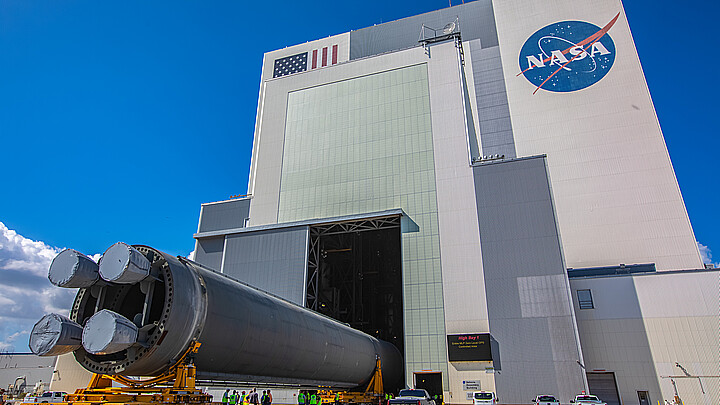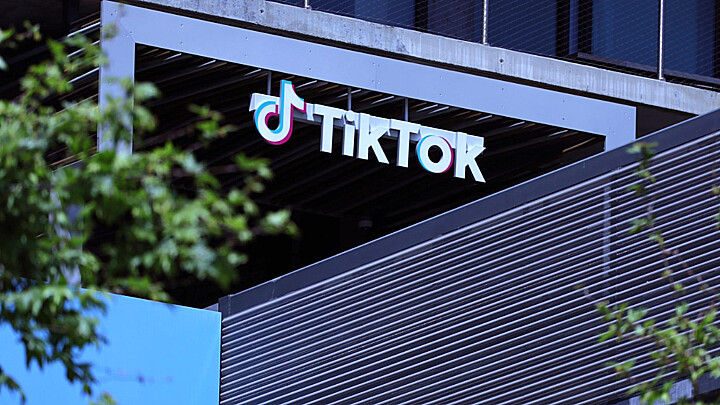Technology
NASA to test nuclear-powered spacecraft by 2027
The space agency has been studying the concept of a nuclear-powered spacecraft for decades, which it believes could be more efficient than chemical-based rocket engines

January 25, 2023 8:15am
Updated: February 19, 2023 7:16am
The United States plans to test a nuclear fission-powered spacecraft by 2027, as NASA sets its eyes on manned missions to Mars in the future, said the agency’s chief on Tuesday.
NASA is partnering with the U .S. military’s research and development agency DARPA to develop a nuclear thermal propulsion engine to help take astronauts to space, according to NASA administrator Bill Nelson. The project has been named the Demonstration Rocket for Agile Cislunar Operations (DRACO).
The space agency has been studying the concept of a nuclear-powered spacecraft for decades, which it believes could be more efficient than chemical-based rocket engines. Additionally, nuclear thermal propulsion could allow NASA to send astronauts farther into space or to land on another planet, such as Mars.
“With the help of this new technology, astronauts could journey to and from deep space faster than ever – a major capability to prepare for crewed missions to Mars,” Nelson said.
By using nuclear thermal propulsion, which introduces heat from a nuclear fission reactor to a hydrogen propellant, a trip to Mars could take four months, instead of the nine months it takes with a conventional rocket.
"If we have swifter trips for humans, they are safer trips," NASA deputy administrator and former astronaut Pam Melroy said Tuesday, adding that such a trip would require fewer supplies and would expose astronauts to less deep-space radiation.
The budget for NASA and DARPA’s joint project is $110 million for this fiscal year. However, millions of dollars more are expected to be allocated to the project in the future.










